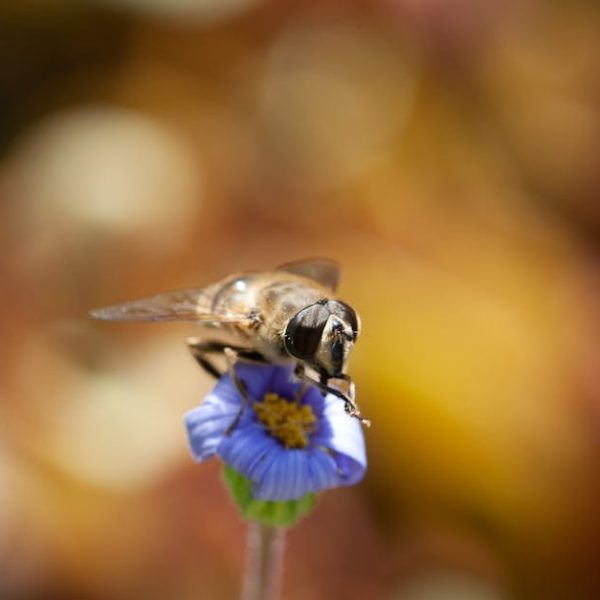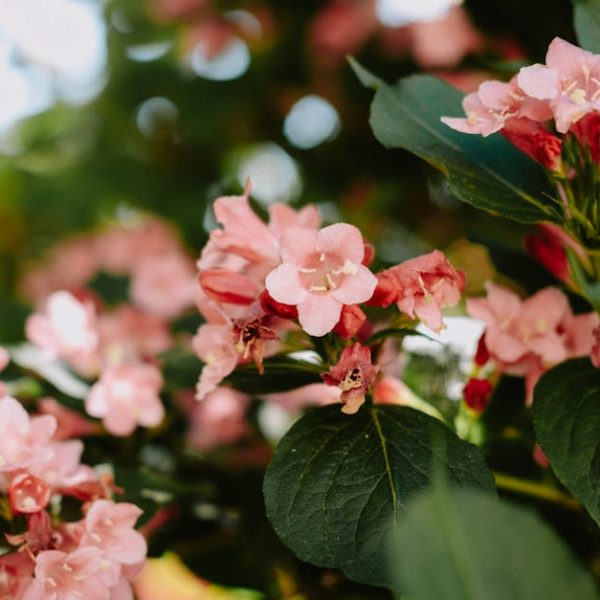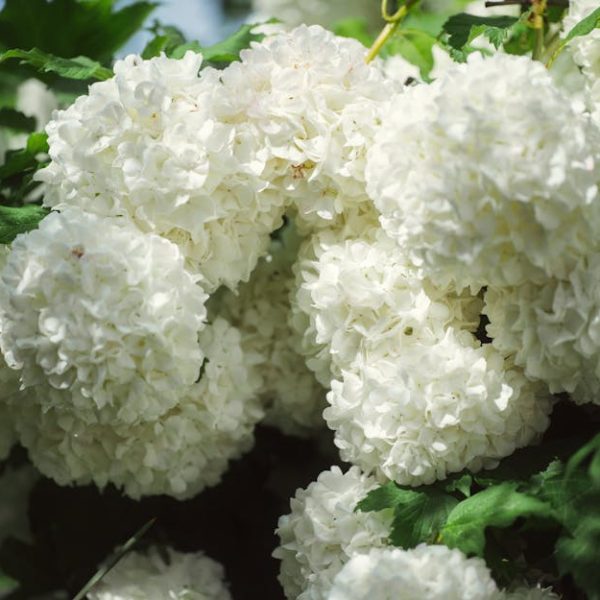There’s no denying that every breath we take matters, especially considering we breathe about 20,000 times per day! Plants, being the diligent life givers they are, not only release oxygen but also intake carbon dioxide, a process known as photosynthesis. Did you know that certain plants go the extra mile by purifying the air? That’s right—they not only help us breathe comfortably but also improve the overall air quality in our surroundings.
Scientifically, certain plants have been noted to absorb harmful toxins from the air such as benzene, trichloroethylene and formaldehyde. These are compounds that are commonly found in homes and offices, potentially posing health risks over time. Notable benefits of these air-purifying plants include:
- Reduction in carbon dioxide: This is basic botany. Plants absorb carbon dioxide and release oxygen which we need to survive!
- Production of oxygen: During photosynthesis, plants produce oxygen, the vital gas that keeps us alive.
- Improvement of overall air quality: By removing harmful toxins, the air around us gets naturally purified.
- Potential health benefits: Cleaner air can promote better sleep, improve mood and boost productivity.
Top Air Purifying Plants and Their Characteristics
Each air purifying plant is unique in its own way, not only contributing to the aesthetic appeal of your space, but also working in magnificent microscopic ways to cleanse your home’s air. Here’s a list of standout players, each with their own forte in air purification:
1. Spider Plant: Known to effectively remove formaldehyde, this plant is also resilient and easy to maintain.
2. Rubber Tree: This plant not only adds a touch of tropical style but also fights off toxins like formaldehyde and carbon monoxide.
3. Peace Lily: Blossoming with beautiful white flowers, this one majorly targets trichloroethylene and benzene.
4. Boston Fern: These are especially great at removing formaldehyde and with a bonus of high humidity tolerance.
5. Snake Plant: Also known as mother-in-law’s tongue, they’re renowned for their nighttime oxygen production.
Maintenance and Care for Air Purifying Plants
Their bounty of benefits aside, nurturing these plant friends can also be a therapeutic process. Each plant has its own personality when it comes to care requirements but don’t be disheartened. Here’s an essential checklist to keep all your plants pretty and purifying:
- Watering schedule: Overwatering can do more harm than good. Always keep an eye on soil moisture levels. Generally, once or twice a week does the trick for most indoor plants.
- Sunlight requirements: Most indoor plants thrive in bright, indirect light. A spot near a north or east-facing window usually works well.
- Temperature needs: Indoor plants favor stable, room-temperature conditions. Avoid spots which experience drastic temperature changes.
Keep in mind, it’s a journey to understand and cater to your plants’ care needs. Don’t be surprised if it takes a bit of trial and error before you become an indoor plant parenting pro!
Integrating Air Purifying Plants into Home Décor
Adding a touch of green can easily elevate a room’s vibe. But integrating them into home décor is an art in itself. Here are some intriguing ideas:
- Centerpiece: Use a large plant like a rubber tree as a centerpiece in your living room to create an inviting atmosphere.
- Kitchen Window Herbs: Transform a bright window in the kitchen into a mini indoor herb garden.
- Bedroom Plant: Add a snake plant to your bedroom, they are champions at releasing oxygen at night, aiding a good night’s sleep.
These are just some ways to harmoniously integrate air purifying plants into your home décor. Feel free to get creative according to your style and space constraints!
Where to Buy Air Purifying Plants
Now that we’ve established how beneficial and stylish these plants can be, the next question is, where can you get your hands on these wonderful green companions? Fear not, we’ll guide you through the journey of choosing and buying these plants:
- Local Nurseries: These are excellent places to buy plants because you can see the plant’s health and size upfront. Plus, you’re supporting local businesses.
- Online Stores: If stepping out isn’t your thing, worry not. There are numerous online plant stores that deliver right to your doorstep. Plus, they often have a wider variety of plants to choose from.
- Garden Centers: These are an excellent middle ground. They are usually large, well-maintained and have a vast variety of plants.
To ensure you select the healthiest plant, here’s a handy checklist:
- Health of Plant: Look for vibrant, green leaves. Yellowing or wilting can indicate poor health.
- Size of Plant: Choose a size that suits your space and décor preferences.
- Potting Needs: Check if the plant comes with a pot or if you’ll need to purchase one separately.
- Care Instructions: Ensure the plant comes with detailed care instructions.
Whether you purchase from a local nursery or an online store, the joy of bringing a new plant home is unparallel. As you care for them, not only will they improve your home’s air quality but they’ll also become a cherished part of your décor!
Conclusion
Incorporating air purifying plants into your home is not just a stylish choice, but a healthy one as well. Whether you’re a pro gardener or a novice with a green thumb, these plants are an excellent addition to any home. So breathe easier, sleep better, and enjoy the serene beauty of indoor plants. Ready to make your home a greener and healthier space? Start your journey with air purifying plants today!
Key Takeaway:
- Plants have been scientifically proven to purify air by absorbing harmful toxins like benzene, trichloroethylene and formaldehyde commonly found in homes and offices.
- The process of photosynthesis helps in reduction of carbon dioxide and production of oxygen thereby improving overall air quality, promoting better sleep, improving mood and boosting productivity.
- Spider Plant, Rubber Tree, Peace Lily, Boston Fern and Snake Plant are some of the top air purifying plants each with unique characteristics contributing to air purification.
- Caring for these plants is therapeutic and requires understanding water, sunlight and temperature needs of each plant.
- The green of these plants can be harmoniously integrated into home décor in various ways including as a centerpiece, kitchen window herbs and bedroom plant.
- Local nurseries, online stores, and garden centers are excellent places for buying these plants while considering plant health, size, potting needs and care instructions.
Caring for your environment is a small step towards a healthier and happier future. Incorporating air purifying plants into your home not only helps you breathe easier but also improves your overall well-being. Don’t shy away from taking this step towards a greener lifestyle – start today, one plant at a time!
FAQs
Q: Are all plants air purifying?
A: While all plants do contribute to improving air quality to some extent by absorbing carbon dioxide and releasing oxygen, certain plants are more effective at removing specific toxins and thus are known as ‘air-purifying’ plants.
Q: How many air purifying plants do I need in a room?
A: The exact number can vary depending on the size of the room and the type of plants. However, as a general rule, having at least one medium to large-sized plant for every 100 square feet can help improve air quality.
Q: Are air purifying plants safe for pets?
A: While some air purifying plants are safe for pets, others can be toxic if ingested. It’s important to check the safety of a plant for your specific type of pet before bringing it into your home.
Q: Will air purifying plants help with my allergies?
A: Air purifying plants can help improve air quality by removing certain toxins. However, for people with plant or pollen allergies, some plants could potentially trigger allergic reactions. It’s best to research each plant and possibly consult with a healthcare provider.
Q: How do I know if my air purifying plant is working?
A: While it can be difficult to visually determine if a plant is purifying the air, a healthy plant that is well cared for will be doing its part to improve air quality. However, for substantial improvement in indoor air quality, a combination of measures including good ventilation, regular cleaning, and multiple air-purifying plants are advisable.
Feel free to share this article with others who might find it useful, and don’t forget to explore more posts on our website for more enriching information.






